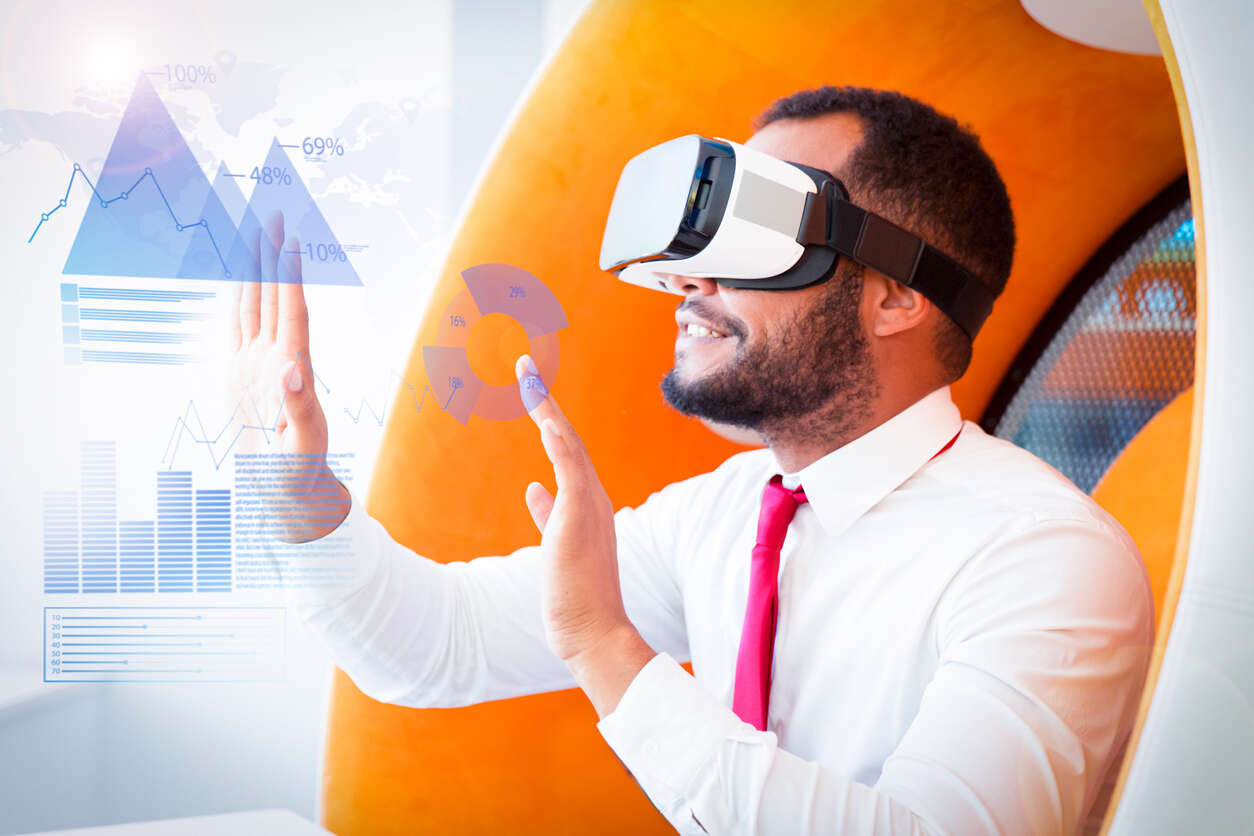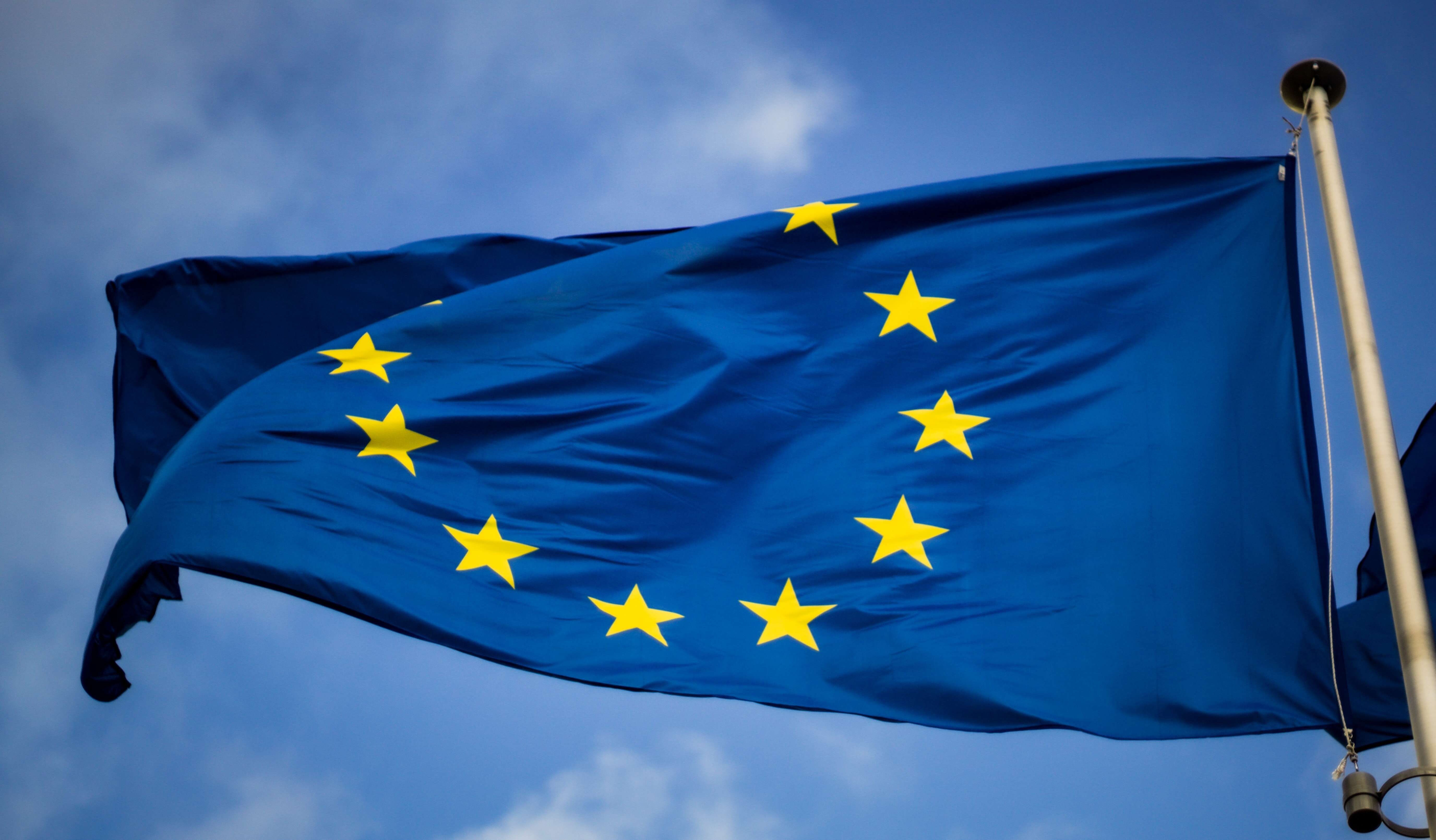COUNTRY YOU GO TO, METAVERSE YOU FIND

The Metaverse transforms the Internet of information into the Internet of experience through immersive, three-dimensional interactions. While we are still in the early days of the Metaverse, the fusion of physical and virtual environments has the potential to revolutionise social interactions, business models and politics, with a significant impact on society and economy.
Web3 vs Metaverse
Web3 and Metaverse are related but the two concepts are not identical. Web3 serves as the basis for connectivity to the Metaverse, it is a vision of the Internet of the future, i.e. a kind of decentralised, permissionless and sovereign ownership of data.
While the Metaverse is a vision of an immersive internet that integrates smoothly into our daily lives, it can be seen as an extension of reality able to multiply opportunities.
Despite the strong technological connotation, the Metaverse is neither a specific technology nor a device, just as the internet is not a device. The metaverse is definitely not a VR headset, AR glasses or a game console.
It can be seen as a point in time where artificial intelligence competes with human intelligence; the Metaverse is a point in time where people value digital goods more than physical goods; we can also extend this concept to digital experiences and relationships.

Although described as an interconnected network of immersive virtual worlds, the Metaverse as we know involves multiple metaverses created by different platforms: it is unrealistic to imagine a fully interoperable and interconnected Metaverse!
Like Internet, the Metaverse is not a monolithic technological creation, but a constellation of systems, protocols, hardware, applications, actors and organisations.
A) According to Internet experts, at least four Internets have emerged:
- the open Internet of Silicon Valley
- the highly regulated European 'bourgeois' Internet
- the authoritarian Chinese Internet
- and the commercial Internet of the United States.
B. We can, therefore, similarly imagine a future of at least 4 metaverses:
- the open cypherpunk Metaverse
- the civilised European Metaverse
- the authoritarian Chinese Metaverse
- and the commercial US Metaverse.
THE FREAK METAVERSE
The concept of the Metaverse is embedded in the cypherpunk ideals of Silicon Valley. Just as in the 1970s the 'freaks' usually adopted a defiant attitude towards society, today's cypherpunks, or rather freaks, have a deep distrust of meta-verses promoted and controlled by corporations and governments.
Right now, corporations are racing towards a very different future than the one they were designed to operate in.
To grow and thrive in this new and fast-changing world, the strategies that organisations develop must have accountability at the core: from data ownership, to inclusion and diversity, to sustainability and personal safety.
In fact, the freaks, support just that, an alternative, decentralised Metaverse, based on peer-to-peer and open source technologies, removing surveillance and censorship and ensuring individual autonomy.
Technologies such as Bitcoin, Web3 and Metaverse, allow people to break out of legacy agreements and form new groups more easily than ever before. This leads to the possibility of new business models whereby a community originating in the cloud can raise money for real-world territory even without setting up as a real company.
THE EUROPEAN CIVIL METAVERSE

In recent years, through important frameworks such as the General Data Protection Regulation (GDPR), the Digital Markets Act (DMA) and the Digital Services Act (DSA), the European Union has developed a comprehensive regulatory influence to minimise misbehaviour and protect privacy.
Being more connected to the real world, the Metaverse is expected to emphasise the negative aspects of the Internet, including privacy protection, online harassment, hate incitement, cybersecurity, addiction and competition. Driven in part by the growing control of Europe, Meta announced the creation of 10,000 jobs in Europe to show the benefits of the Metaverse.
The Chinese authoritarian metaverse

Supported by its Made in China 2025 and China Standards 2035 strategies, China has a long-term vision of centrally controlling the Internet, ensuring that the ideals of the Chinese Communist Party (CCP) are upheld, through surveillance, prediction and behavioural influence, bringing the people into conflict with the open and civilised versions of the Metaverse and moving against the development of a decentralised economy that would remain outside State control.
As a reaction to blockchain technology, on the one hand, China is bringing together the major companies into the metaverse through the state-backed Metaverse Industry Committee to shape standards, access and applications in the Metaverse.
On the other hand, it is pioneering the issuance of its own central bank digital currency (CBDC). As of January 2022, 260 million users had made at least one transaction using the e-yuan. Apparently, even without an official launch, it is still used by millions of Chinese and is considered the leading economy with the first sovereign digital currency.
All that remains for Europe, and the West in general, is to invest in financial technology, maintain its currency supremacy, and prevent anyone from replacing dollars and euros on international markets.
THE BUSINESS METAVERSE OF THE UNITED STATES

Although it shares similar ideological roots as the open Metaverse, the business Metaverse driven by large US technology platforms is a sociopolitical force in its own right.
Most consumers will experience immersive virtual worlds through centralised platforms that are making significant investments in the Metaverse; in 2021, Meta invested $10 billion to build Metaverse hardware and software.
In early 2022, Microsoft announced the acquisition of video game company Activision Blizzard for $69 billion as a key component of its metaverse strategy; when the transaction closes, Microsoft will become the world's third largest game company by revenue, behind Tencent and Sony.
CONCLUSIONS?
Of course, these four visions will not exist in pure forms and will share similarities. It is also possible that newer, more niche versions will emerge, such as, for example, the corporate intranets at the turn of the century.
However, as these four visions are each underpinned by powerful ideological and institutional support, they are likely to mature over time and coexist with each other in periods of difficult tension as dominant categories.
Eventually, the emerging virtual environment will reflect many of the divisions and faults of humanity in the physical world.
